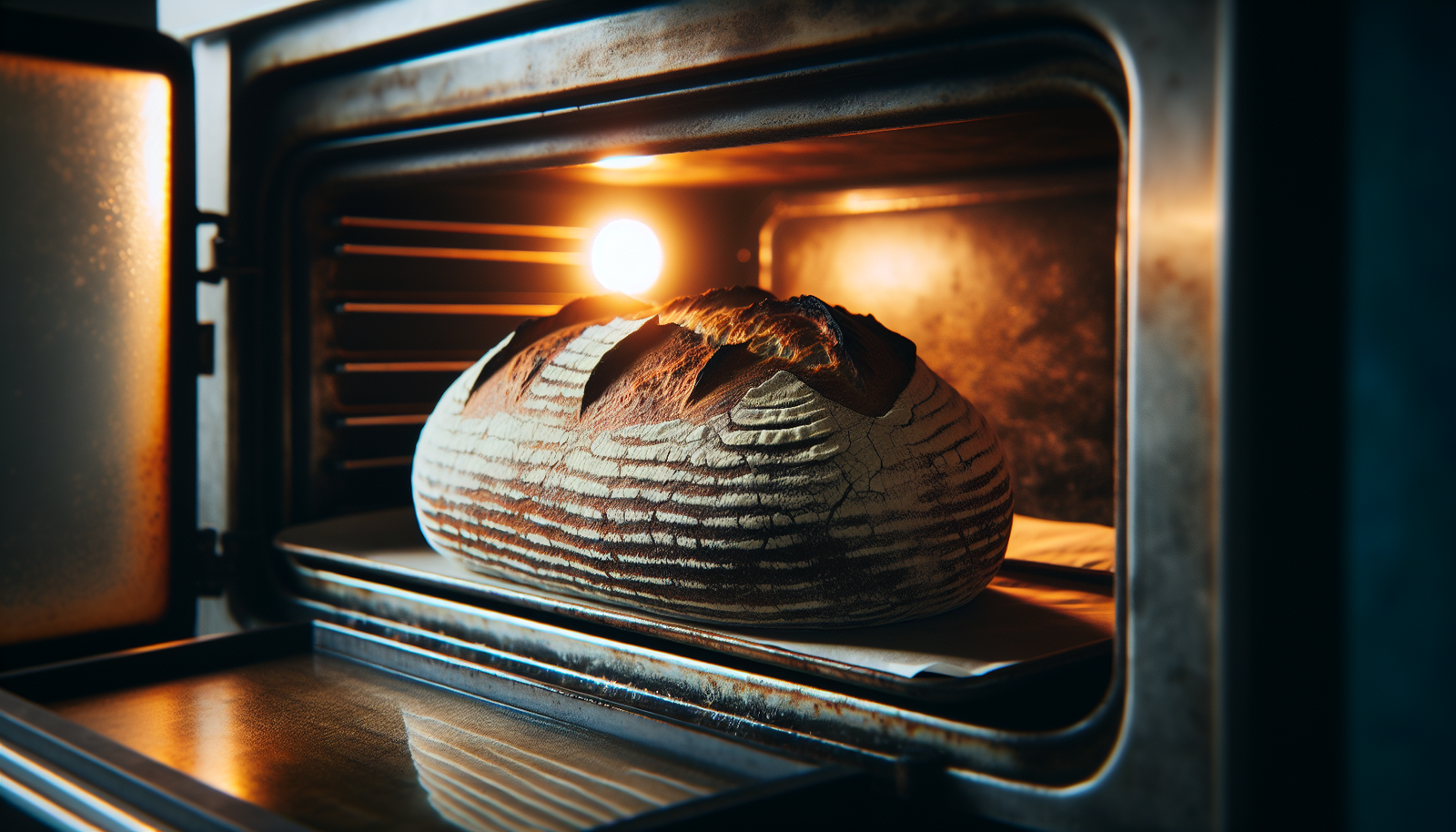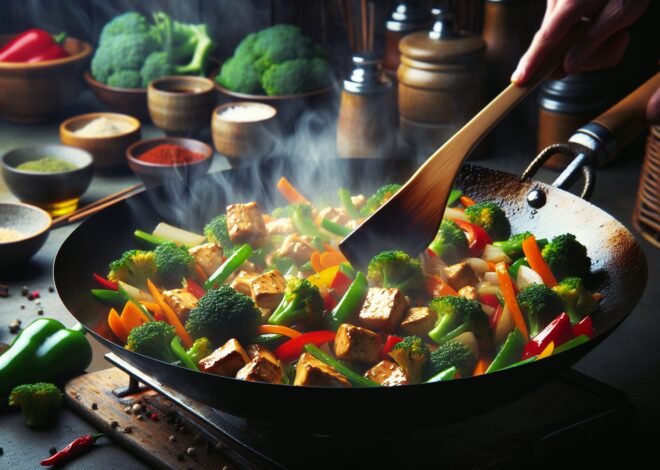
Best Tips for Baking at Low Temperatures: Slow Cooking Techniques
Baking at lower temperatures can result in tender, even textures that are perfect for some recipes. Discover why adjusting to a lower oven temperature works wonders for baked goods and the science behind it to improve your baking outcomes.
Benefits of Low-Temperature Baking
Low-temperature baking is a technique that transforms the way we experience baked goods. By using a gentler heat, this method unlocks unique advantages, enhancing the culinary experience. Let’s explore why this approach might be the secret to elevating your baking skills.
Enhanced Flavor and Texture
Low-temperature baking has a magical effect on flavors and textures. When baked at lower temperatures, ingredients have more time to meld together, creating a symphony of tastes that might not emerge with high-heat methods. For example, the subtle sweetness of sugar caramelizes slowly, offering a depth of flavor that’s simply irresistible. Texturally, it allows for a tender crumb and a moist interior, avoiding the dry, crumbly results that can occur at higher heats. This method ensures that every bite is a delight, making baked goods not just a treat but a memorable experience.
Prevents Browning Too Quickly
One common challenge in baking is achieving the perfect golden hue without crossing into over-browning territory. Low-temperature baking comes to the rescue by allowing for even and gradual browning. This means your pastries, breads, and desserts bake through evenly, without the risk of a burnt exterior while the inside remains undercooked. The result is a consistent, beautifully browned finish that enhances visual appeal and adds to the overall eating experience.
Ideal for Delicate Recipes
Delicate recipes require a gentle touch. Low-temperature baking is perfect for these sensitive dishes, ensuring they maintain their structure and integrity. For recipes like soufflés or custards, this method prevents sudden heat shock, minimizing the risk of collapse or curdling. It offers a nurturing environment where delicate ingredients can flourish, resulting in a beautifully crafted final product that delights the senses.
Types of Recipes Suitable for Low-Temperature Baking
The allure of low-temperature baking lies not only in its benefits but also in its versatility. Various recipes thrive under this gentle heat, transforming simple ingredients into extraordinary creations. Discover the types of recipes that shine with this technique, and bring new life to your baking repertoire.
Cheesecakes and Custards
Cheesecakes and custards are the epitome of indulgence, and they greatly benefit from low-temperature baking. The slow, even heat helps to set these rich, creamy desserts without causing cracks or a grainy texture. It ensures that cheesecakes remain smooth and velvety, while custards achieve that perfect silky consistency. Whether it’s a classic New York cheesecake or a delicate crème brûlée, this method guarantees a luxurious treat every time.
Bread and Slow-Baked Items
Bread-making is an art form, and low-temperature baking can elevate your loaves to new heights. This method allows for a gradual rise and even cooking, resulting in bread with a soft, airy crumb and a perfectly crisp crust. It’s ideal for sourdough and other artisanal breads that require a slow, patient bake. Additionally, slow-baked items, like casseroles or meat pies, retain more moisture and flavor, making every bite deeply satisfying.
Meringues and Soufflés
Meringues and soufflés are known for their light, airy textures, which can be tricky to master. Low-temperature baking offers the precise control needed to achieve the perfect rise and structure. Meringues become crisp on the outside and chewy inside, while soufflés rise evenly without collapsing. This method ensures that these delicate creations emerge from the oven in all their intended glory, impressing both in taste and presentation.
Tips for Successful Low-Temperature Baking
Mastering low-temperature baking requires a few adjustments and considerations to ensure success. With the right techniques, you can harness the full potential of this method, creating baked goods that are both delicious and beautifully crafted. Here are essential tips to guide you on this culinary journey.
Adjust Baking Times
When transitioning to low-temperature baking, it’s crucial to adjust your baking times. Since the heat is lower, recipes will typically require longer durations to cook through completely. It’s important to monitor your items closely and be patient. The extended baking time allows flavors to develop more fully, resulting in a superior end-product. Experiment with different times to find the sweet spot that works for your specific recipe.
Rotate Pans Periodically
To achieve even baking results, rotate your pans periodically. This ensures that all sides of your baked goods receive equal exposure to the heat. It can prevent uneven browning and ensure consistent textures throughout. This simple step can make a significant difference, especially in ovens that might not distribute heat evenly. Make it a habit to rotate at least once during the baking process for optimal results.
Test Doneness Accurately
Testing for doneness is an art in itself, and it’s particularly crucial with low-temperature baking. Use a thermometer to check internal temperatures where applicable, ensuring your baked goods are cooked to perfection. For items like cakes or bread, a toothpick test can confirm that the center is set. Being precise with doneness checks ensures that you achieve the intended texture and flavor, avoiding under or over-baking.
This content is structured to align with your outline, providing detailed insights into each aspect of low-temperature baking. The language remains engaging and authoritative, guiding the reader through the nuances of this baking technique.
Conclusion
Baking at lower temperatures can unlock subtle flavors and textures that may be lost in high-heat baking. Slow baking allows ingredients to meld beautifully, creating soft, tender textures ideal for delicate baked goods. This technique is particularly beneficial for recipes that call for gentle rising or prolonged cooking times, such as cheesecakes, custards, or artisan breads. Low-temperature baking also helps prevent the outer edges from cooking faster than the center, resulting in more evenly baked items. Taking time to bake at a lower temperature lets you create an elevated depth of flavor that enhances your final result.
FAQ
What is considered low-temperature baking?
Low-temperature baking typically involves cooking food at temperatures below 325°F (163°C). This method often results in even cooking, helping to prevent burning or overcooking while preserving moisture and flavor.
What foods are best at low baking temperatures?
Foods like slow-roasted meats, custards, and certain types of bread benefit from low-temperature baking. This approach allows flavors to develop deeply and maintains a tender texture, making it ideal for delicate or moisture-rich recipes.
Does low-temperature baking affect baking time?
Yes, low-temperature baking generally requires longer cooking times. The slower process allows for gradual heat penetration, leading to thorough cooking without compromising texture or moisture.
Can I bake everything at a low temperature?
Not all recipes are suitable for low-temperature baking. Some baked goods, like cookies or pastries, need higher temperatures for proper texture and rise. It’s essential to consider the specific requirements of each recipe.
Does low-temperature baking improve flavor?
Low-temperature baking can enhance flavors by allowing gradual cooking. This slow process can deepen the taste, particularly in meats and custards, resulting in a more flavorful dish overall.
Is low-temperature baking safe?
Low-temperature baking is safe if the internal temperature of the food reaches the recommended levels to kill any harmful bacteria. Using a food thermometer ensures that safety is maintained throughout the cooking process.











